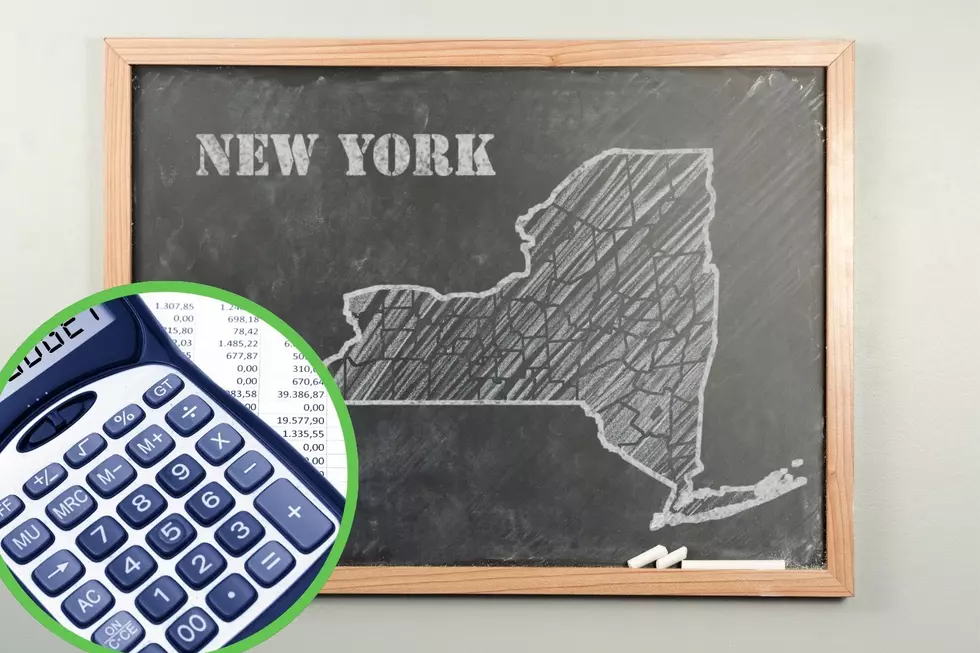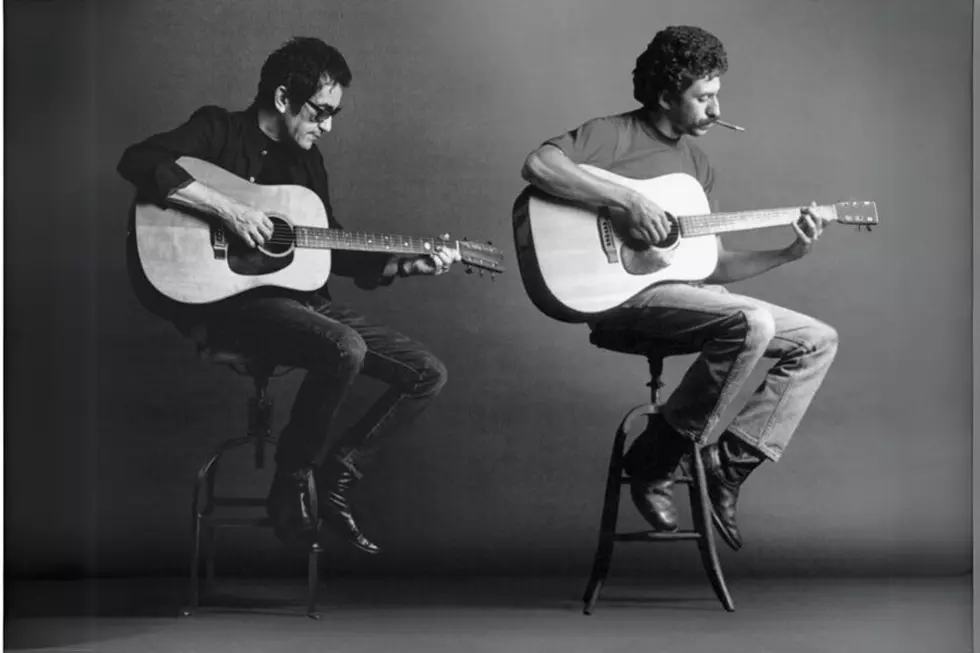
Ruth Bader Ginsburg Among The Women Being Honored in NY’s Capitol
March is Women's History Month, and an exhibit to mark the occasion will be opened up on March 1st. It's called "Champions of Equality: New York Women and the Equal Rights Amendment" and is located in the Governor's Reception Room at the State Capitol.
Governor Hochul says, “The Women’s Rights Movement started in New York State, and it is only fitting that we honor the women who fought for women’s equality right here in the state capitol. These trailblazing women have paved the path forward for generations of women, and their efforts will never be forgotten.”
March is Women's History Month
Women's History Month had its origins as a national celebration in 1981 when Congress passed Pub. L. 97-28 which authorized and requested the President to proclaim the week beginning March 7, 1982, as “Women’s History Week.”
Throughout the next five years, Congress continued to pass joint resolutions designating a week in March as “Women’s History Week.” In 1987 after being petitioned by the National Women’s History Project, Congress passed Pub. L. 100-9 which designated the month of March 1987 as “Women’s History Month.”
Between 1988 and 1994, Congress passed additional resolutions requesting and authorizing the President to proclaim March of each year as Women’s History Month.
Since 1995, presidents have issued a series of annual proclamations designating the month of March as “Women’s History Month.” These proclamations celebrate the contributions women have made to the United States and recognize the specific achievements women have made over the course of American history in a variety of fields.
Champions of Equality: New York Women and the Equal Rights Amendment
It has been just over 100 years since the Equal Rights Amendment (ERA) was drafted and introduced to Congress in 1923.
This was just 3 years after women gained the right to vote in the United States.
Even though the amendment was introduced repeatedly, it was not until the 1960s, during the re-emergence of the Women’s Rights Movement, that groups like the National Organization for Women successfully lobbied for support across a wide spectrum of activism, including labor rights, race equality, and financial liberation, leading to the bi-partisan passage of the ERA in 1972.
The road to ratifying the amendment, however, proved to be challenging.

Despite initial overwhelming public support for the ERA, opposition to the amendment gained momentum and the ERA failed to achieve ratification by a majority of states by the 1982 deadline.
The 1990s brought a new wave of activism that resurrected the ideals of the ERA accompanied by new measures designed to address its goals in areas including reproductive rights, military service, religious leadership, and affirmative action.
View this post on Instagram
In commemorating the 2024 National Women’s History Month theme: “Women Who Advocate for Equity, Diversity, and Inclusion,” this exhibit highlights New Yorkers who exemplify the persistence and dedication to equity and equality in their intersectional experiences and steadfast advocacy for the national Equal Rights Amendment.
While the status of passing an Equal Rights Amendment remains in question in the United States, the renewed energy and activism on a national level has birthed new legislation surrounding women’s rights and gender equality.
Some of the women being honored and showcased include:
- Bella Abzug, a civil liberties lawyer and co-founder of the National Women’s Political Caucus in 1971.
- Ruth Bader Ginsburg, an associate justice of the U.S. Supreme Court who co-founded the Women’s Rights Project at the ACLU and the “Women’s Rights Law Reporter.”
- Crystal Eastman, the first woman to serve on New York State’s Commission on Employers’ Liability and Causes of Industrial Accidents, Unemployment, and Lack of Farm Labor. She co-authored the initial version of the ERA.
- Florynce Kennedy, an early member of the National Organization for Women who founded the Feminist Party and co-founded the National Black Feminist Organization.
- Gloria Steinem, a journalist and social activist who was seen as a leader of the second wave of feminism. She delivered a speech to the U.S. Senate in support of the ERA.
- Julie C. Suk, a Fordham University Law School professor whose legal work centered around constitutional and social change, especially for women. She wrote “We the Women: The Unstoppable Mothers of the Equal Rights Amendment,” the first book chronicling the history of the ERA.
View this post on Instagram
The exhibit is open until March 29, 2024. The exhibit will be open in the Governor's Reception Room at the New York State Capitol Monday through Friday from 7 am to 7 pm.
"WWII War Hero" Can Be Found at Hudson Valley Regional Airport
Gallery Credit: Conor Walsh
Highest-Paying Jobs in New York That Don't Require a College Degree
Gallery Credit: Stacker
30 of the Best Hudson Valley Restaurants for Chicken Wings
Gallery Credit: Conor Walsh
More From WRRV-WRRB








![The Eeriest Wooded Areas Right in Hudson Valley [Photos]](http://townsquare.media/site/705/files/2022/06/attachment-RS48746_GettyImages-511053410-scr.jpg?w=980&q=75)
